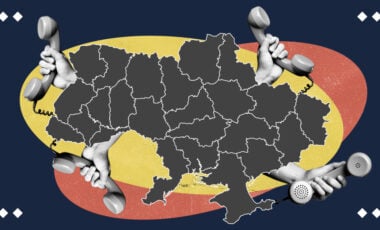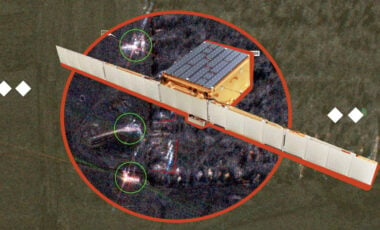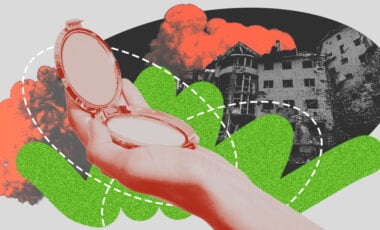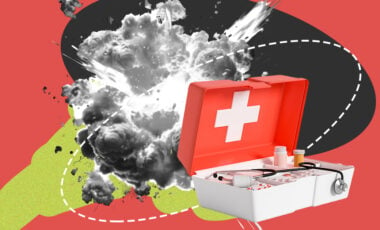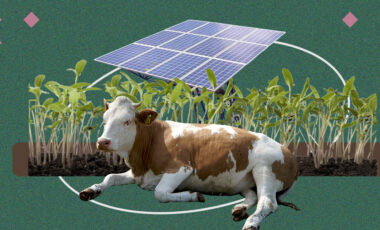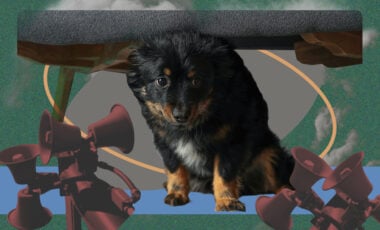Japan to aid Ukraine in restoring soil fertility with nanotechnology
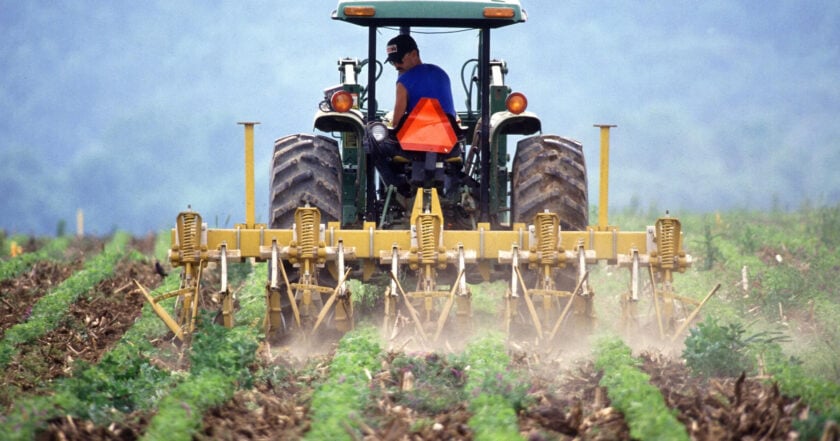
Photo: Pixabay
Japan will help Ukraine restore and increase the fertility of agricultural land using nanobubbles – a technology for saturating soils with oxygen. The Japan International Cooperation Agency and the KAKUICHI company joined the project.
The State Agency of Ukraine for the Development of Land Reclamation, Fisheries, and Food Programs reported this.
According to the State Agency, KAKUICHI, a leading manufacturer of nanobubble systems, has transferred three nanobubble generators to Ukraine as part of their first joint project. Each unit can irrigate approximately one hectare of land. By the end of February, the installations will be placed in the Kyiv, Odesa, and Poltava regions, where specialists will evaluate their effectiveness on Ukrainian soils.
"The technology's uniqueness lies in its ability to eliminate the need for chemical fertilizers, replacing them with an environmentally friendly method that enhances water quality and optimizes the use of soil nutrients. Nanobubble-enriched water stimulates natural plant growth and aids in soil restoration,"' the State Agency emphasized.
In addition, this technology may be especially important for restoring lands damaged by Russian aggression. Although research on Ukrainian soils is just beginning, there is every reason to believe that Japanese technologies will become a valuable tool for restoring Ukraine's agricultural potential.
For reference:
The Japanese company "KAKUICHI" was founded in 1886 as a wholesaler of building materials. Subsequently, changing under the influence of time, in 1961, the company moved into the production sector. In 2016, as part of a project to reform the agrarian sector, the company began to develop solutions for the use of water resources.
Currently, the company's main products are flat hoses and nanobubble generators for agricultural irrigation. The introduction of irrigation hose technologies allows not only to build irrigation systems quickly but also to ensure the supply of water in the required volumes to where it is needed, using water resources more efficiently.
At the same time, nanobubbles are tiny air bubbles that remain stable in water for a long time, contributing to better penetration and diffusion of nutrients. This stimulates the development of microorganisms in the soil, increasing its fertility.














